The fascinating world where reptilian companions meet botanical wonders creates a unique crossroads for enthusiasts of both bearded dragons and ornamental gardening. This comprehensive guide explores how to create harmonious living spaces that cater to your scaly friend’s needs while incorporating the striking aesthetics of “bearded” plants into your landscape design. Whether you’re designing a terrarium habitat, an outdoor enclosure, or simply looking to beautify your home with dragon-friendly foliage, understanding the relationship between these distinct bearded species opens up creative possibilities. From the desert-dwelling Pogona to the delicate Tillandsia with its wispy “beard,” we’ll navigate the essentials of creating stunning, functional environments that serve both aesthetic and practical purposes.
Understanding Bearded Dragons: Natural Habitat and Needs
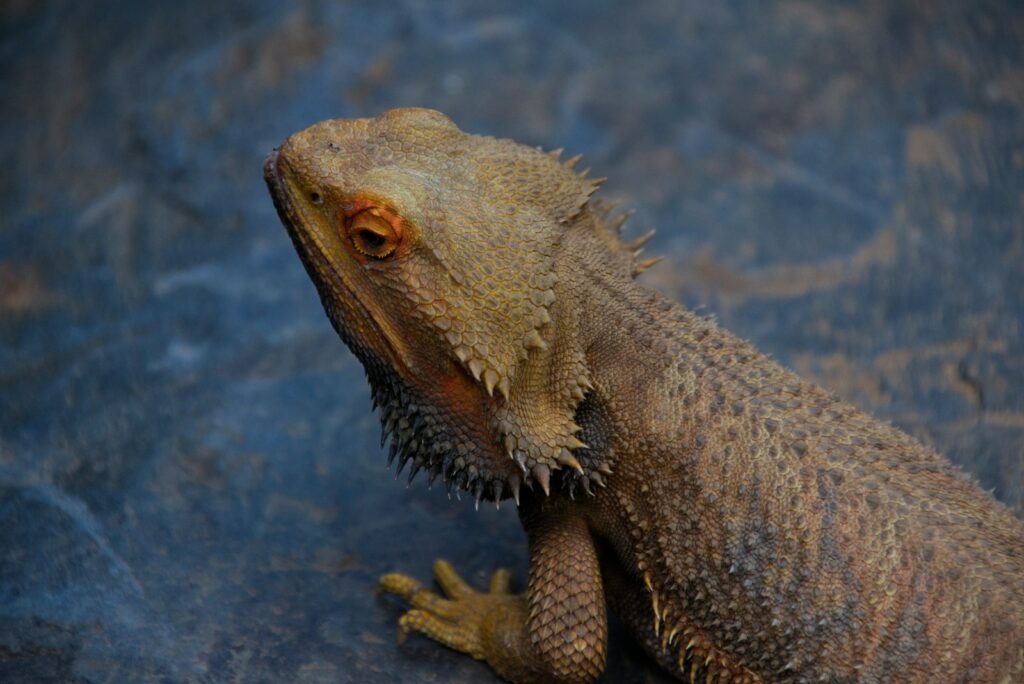
Bearded dragons (Pogona vitticeps) hail from the arid regions of Australia, where they thrive in dry woodland and desert environments. These popular reptile pets require specific environmental conditions including temperature gradients ranging from 75-85°F on the cool side to 95-105°F in their basking area. Their natural habitat consists of rocky outcroppings, fallen logs, and scattered vegetation that provides both shelter and climbing opportunities. Understanding these baseline needs is crucial when designing any landscaped space intended to house or accommodate bearded dragons. The semi-arid conditions they evolved in shape not only their behavioral patterns but also dictate which plants can safely coexist with them in captivity or controlled outdoor settings.
What Makes a Plant “Bearded”? Botanical Characteristics
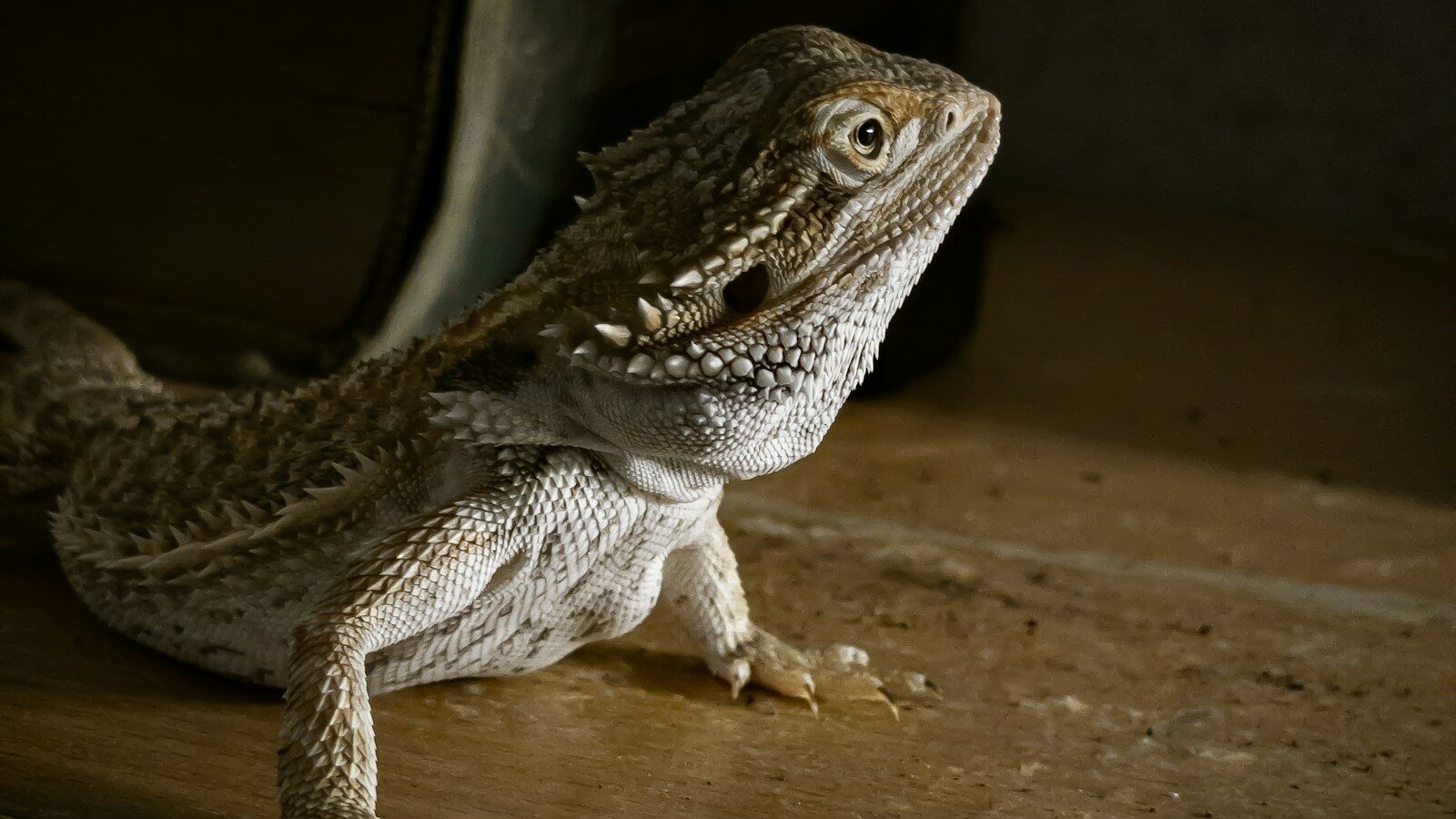
The term “bearded” in botany typically refers to plants that display hair-like appendages, filaments, or textured growth patterns resembling facial hair. These distinctive features serve various ecological functions including moisture collection, protection against predators, or aiding in seed dispersal. Classic examples include bearded iris (Iris germanica), with its fuzzy “falls” that drape downward from each bloom, and tillandsia air plants, whose trichomes create a silvery, beard-like appearance. Spanish moss (Tillandsia usneoides), despite its name, is actually an epiphytic flowering plant whose hanging strands create dramatic bearded effects in landscape design. These textural elements add visual interest and dimension to gardens while often requiring specific care considerations based on their adaptive features.
Safety First: Dragon-Safe Plants for Enclosures

When integrating plants into bearded dragon habitats, safety must be the primary consideration as these reptiles may occasionally nibble on vegetation. Safe options include drought-tolerant succulents like Haworthia and Echeveria species, which withstand the arid conditions and bright lighting these reptiles require. Desert-adapted herbs such as thyme and basil can also work well, offering both aesthetic appeal and occasional dietary supplements. Snake plants (Sansevieria) provide structural elements while being non-toxic and extremely hardy under reptile habitat conditions. Always thoroughly research any plant before introduction, avoiding toxic varieties like oleander, philodendron, or plants treated with pesticides that could harm your pet even through incidental contact during exploration.
Creating Desert-Inspired Landscaping with Bearded Plants

Designing a desert-inspired landscape that incorporates bearded plants creates a visually striking environment that can complement outdoor bearded dragon enclosures. Begin with a foundation of sand, crushed granite, or decomposed granite to establish the arid aesthetic and provide proper drainage. Incorporate architectural elements like sandstone, limestone, or clay pottery that offer both visual appeal and functional basking or hiding spots. Center your plant selection around bearded specimens like old man cactus (Cephalocereus senilis), with its distinctive white hair-like spines, alongside drought-tolerant ornamental grasses like Mexican feather grass (Nassella tenuissima) whose flowing seed heads create a bearded appearance. Complement these focal points with supporting desert plants such as agave, aloe, and compact yucca varieties to create a cohesive, layered landscape that captures the essence of your dragon’s natural habitat.
The Old Man Cactus: The Ultimate Bearded Plant
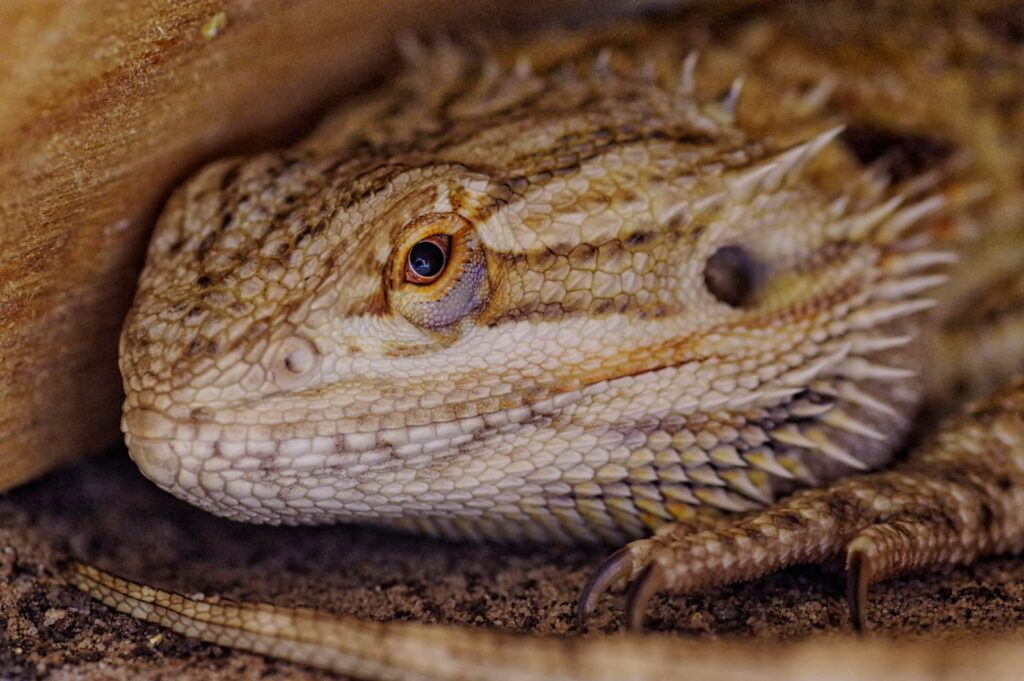
The Old Man Cactus (Cephalocereus senilis) stands as perhaps the most iconic “bearded” plant, featuring dense, white, hair-like spines that completely cover its columnar form. This striking Mexican native can grow up to 50 feet tall in the wild but remains manageable in cultivation, typically reaching 10-15 feet over many decades. The wooly covering serves an evolutionary purpose, protecting the cactus from intense sun while trapping moisture and deterring predators in its native habitat. In landscaping applications, this bearded wonder creates an immediate focal point, contrasting beautifully against rocks, sand, and other desert plantings. When incorporating this specimen into dragon-adjacent landscapes, place it in areas inaccessible to the reptiles, as the fine spines can cause irritation despite their soft appearance.
Bearded Iris: Elegant Companions for Outdoor Enclosures
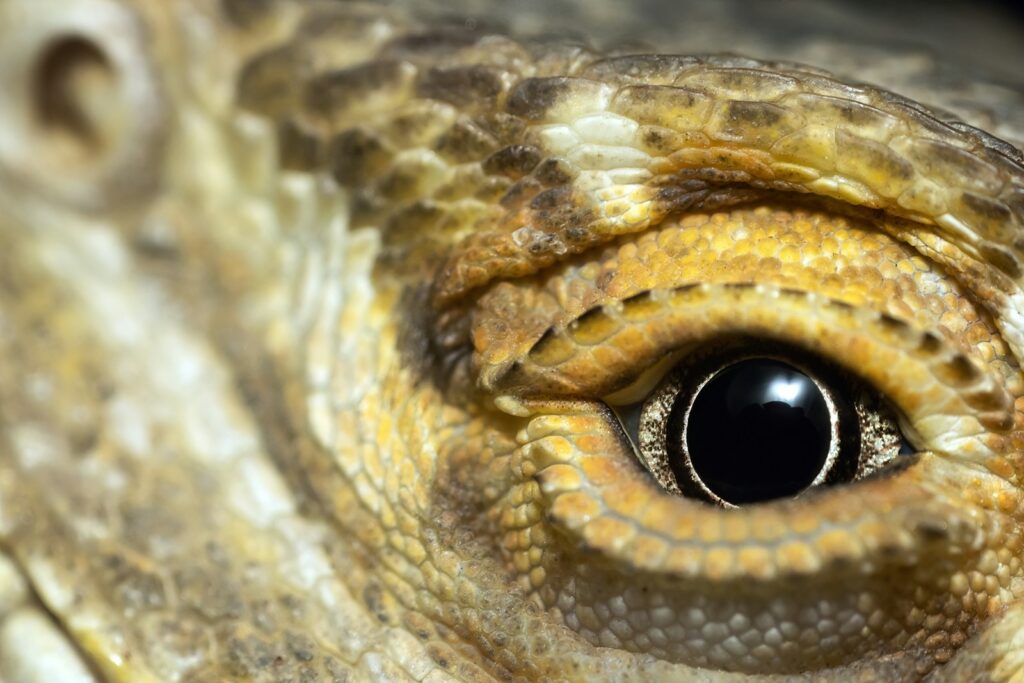
Bearded irises offer elegant structural elements for areas surrounding outdoor dragon enclosures, with their distinctive fuzzy “beards” adding textural interest to the landscape. These hardy perennials thrive in well-drained soil and full sun conditions, making them compatible with the environmental preferences of desert-inspired gardens. Available in a stunning rainbow of colors from deep purples to bright yellows and whites, bearded irises provide seasonal bursts of color that complement the earthier tones of dragon-friendly landscapes. Their sword-like foliage maintains visual interest even when not in bloom, creating vertical elements that balance the horizontal hardscaping often used in reptile enclosures. Position these plants around the perimeter of dragon areas rather than within reach, as they’re not suitable for consumption and work best as visual companions rather than interactive elements.
Air Plants: Low-Maintenance Bearded Beauties

Tillandsia species, commonly known as air plants, offer fascinating bearded textures through their specialized trichomes—tiny hair-like structures covering their leaves that absorb water and nutrients directly from the air. These epiphytic wonders require no soil, making them ideal for creative mounting options within the vicinity of dragon habitats. Varieties like Tillandsia xerographica, with its curling silver-gray leaves, or Tillandsia ionantha, which blushes red when blooming, provide living art pieces that complement the natural aesthetic of reptile environments. Their maintenance requirements align well with bearded dragon care routines, as both appreciate regular misting (though dragons should never be directly misted with the same water used for plants). Mount these versatile plants on branches, rocks, or decorative elements outside direct contact with your dragon while still within viewing range for a cohesive biophilic design that connects both bearded species.
Ornamental Grasses: Movement and Texture

Ornamental grasses introduce essential movement and beard-like textures into landscapes designed around bearded dragon habitats. Varieties like Mexican feather grass (Nassella tenuissima) create flowing, hair-like seed heads that dance with the slightest breeze, adding dynamic elements to otherwise static environments. Blue fescue (Festuca glauca) offers compact mounds of blue-gray foliage that provide color contrast while maintaining the desert-appropriate aesthetic. Fountain grass cultivars (Pennisetum) display distinctive fuzzy seedheads resembling caterpillars or beards, creating sculptural interest throughout summer and fall. When incorporating these grasses, place them strategically as background elements or transition plants between hardscaped areas and structural plants, ensuring they remain outside the dragon’s enclosure since many ornamental grasses are not suitable for consumption and may cause impaction if ingested.
Designing a Bearded Dragon Outdoor Basking Area

Creating a dedicated outdoor basking area allows your bearded dragon to experience natural sunlight while enjoying the sensory enrichment of a carefully designed landscape. Begin with a secure, escape-proof enclosure featuring a solid bottom and screened sides and top to prevent predator access while allowing beneficial UVB rays to penetrate. Incorporate flat, heat-absorbing rocks like slate or sandstone that will warm quickly in the sun and provide comfortable basking platforms at various heights. Arrange drought-tolerant bearded plants like blue fescue grass or small haworthia specimens around the perimeter, creating natural boundaries while maintaining clear basking zones. Always include multiple microenvironments with both sun and shade options, allowing your dragon to thermoregulate naturally as they would in the wild, moving between exposed areas and the shelter of plants or hardscape elements as needed.
Indoor Terrarium Design with Bearded Elements
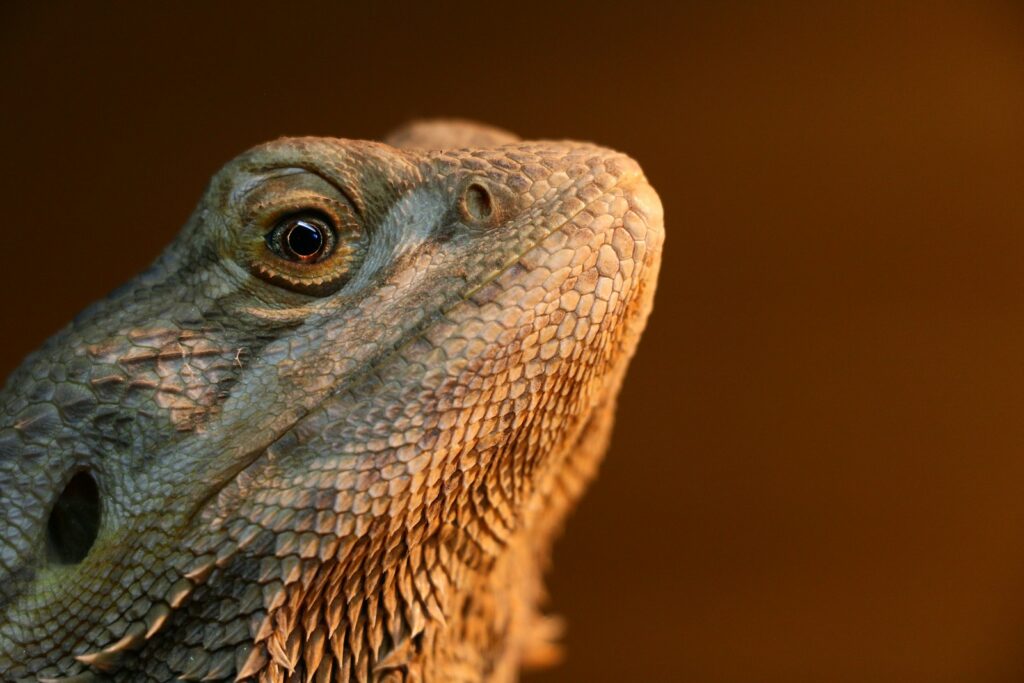
Designing an indoor terrarium that incorporates bearded plant elements creates a visually cohesive habitat that honors your dragon’s natural environment while satisfying aesthetic sensibilities. Start with a properly sized enclosure featuring the essential temperature gradient, UVB lighting, and substrate appropriate for bearded dragons. Select miniature “bearded” plant specimens like air plants, small haworthia varieties, or miniature varieties of ornamental grasses that can be placed in terrarium-safe pots to prevent substrate disturbance. Create elevation using natural materials like cork bark, manzanita wood, or sandstone arrangements that provide basking platforms while complementing the organic textures of your selected plants. Consider incorporating preserved Spanish moss as a decorative element in areas your dragon won’t directly contact, adding the distinctive bearded texture without the maintenance requirements of live specimens.
Seasonal Considerations for Bearded Landscapes
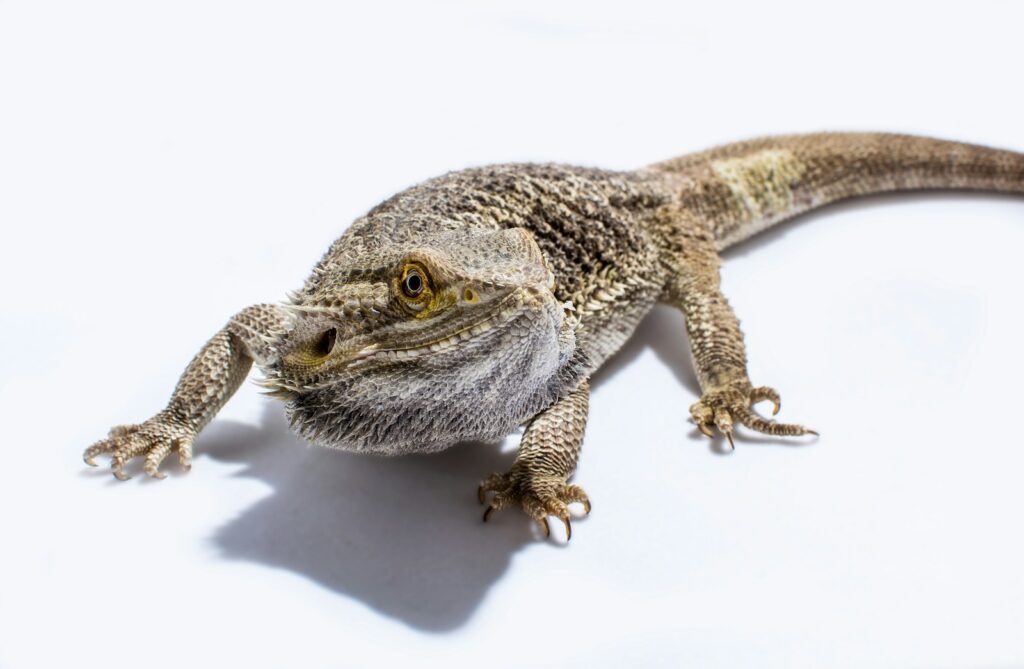
Bearded dragon-friendly landscapes require thoughtful seasonal adjustments to maintain both plant health and appropriate conditions for reptile enrichment. During summer months, increase shade options by strategically positioning potted beard-textured plants like ornamental grasses to create cooling shadows over portion of basking areas during peak heat. Winter preparations should include having transportable bearded plants in containers that can be relocated indoors alongside your dragon when temperatures drop below safe levels (generally below 65°F). Seasonal pruning of bearded iris and ornamental grasses should be timed to maintain aesthetic appeal while minimizing stress to nearby reptile inhabitants. Fertilization schedules for bearded plants should be carefully managed to prevent any chemical exposure to dragons during outdoor exploration time, with preference given to organic options applied well before reptile access is permitted.
Maintenance Tips for Dragon-Safe Bearded Gardens

Maintaining a garden that balances the needs of bearded dragons and bearded plants requires thoughtful, consistent care routines that prioritize reptile safety. Implement strict pest management protocols that avoid chemical pesticides entirely, opting instead for manual removal, beneficial insects, or dragon-safe options like neem oil solutions (used only on plants well outside the dragon’s reach). Establish regular inspection schedules for both plants and enclosure elements to catch any potential hazards like emerging seedheads that might be ingested or plant parts extending into dragon areas. Develop separate watering protocols for plants and dragons to prevent cross-contamination, particularly avoiding the use of fertilizers or plant supplements in any water that might contact your reptile. Consider seasonal rotation of potted specimens to maintain visual interest while facilitating necessary maintenance like division or repotting that might temporarily create unsuitable conditions for dragon proximity.
Integrating Dragon Enrichment with Plant Aesthetics
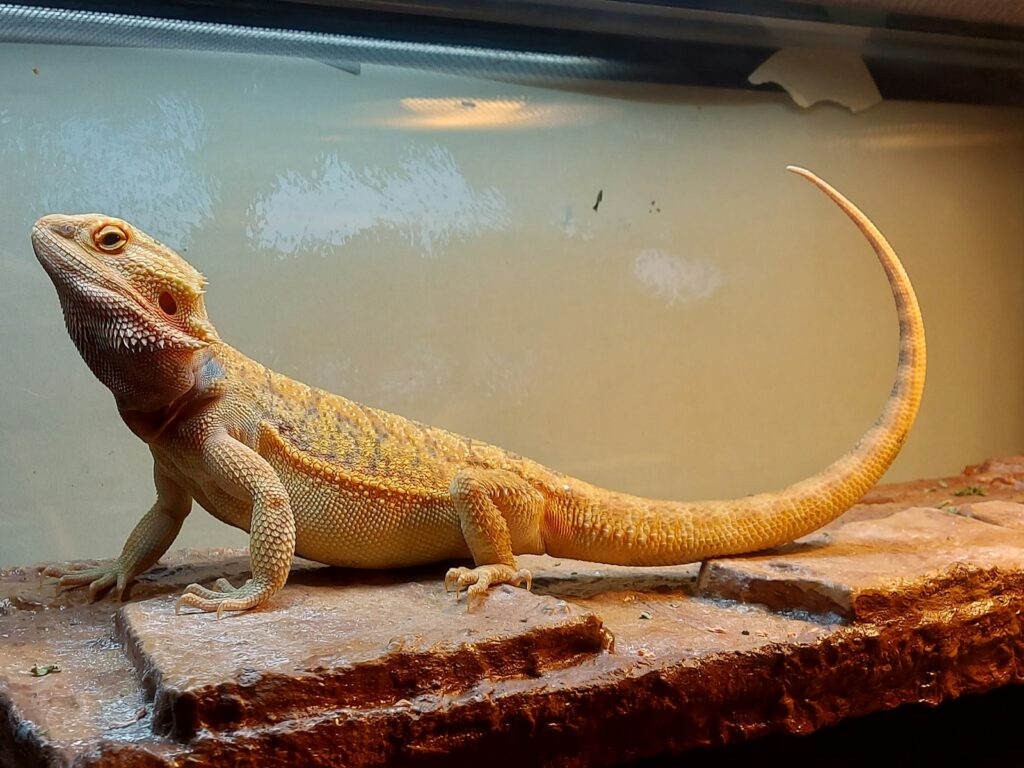
The most successful bearded dragon landscapes seamlessly blend reptile enrichment opportunities with the natural beauty of bearded plant specimens. Consider creating exploration pathways using flat stones surrounded by safely distanced ornamental grasses, allowing supervised Dragon “adventures” that stimulate natural behaviors while preserving plant integrity. Design basking platforms at various heights that offer dragons different vantage points from which to observe the textural interplay of bearded plants like Spanish moss or air plant displays. Incorporate seasonal enrichment elements like harvest-time pumpkins or squash that can later provide both nutritional benefits and interaction opportunities amid the permanent bearded plant landscape. The thoughtful integration of these elements creates a dynamic environment that evolves with the seasons, providing ongoing stimulation for your bearded dragon while maintaining the distinctive aesthetic appeal of your bearded plant collection.
Conclusion: Harmonizing Scales and Stems
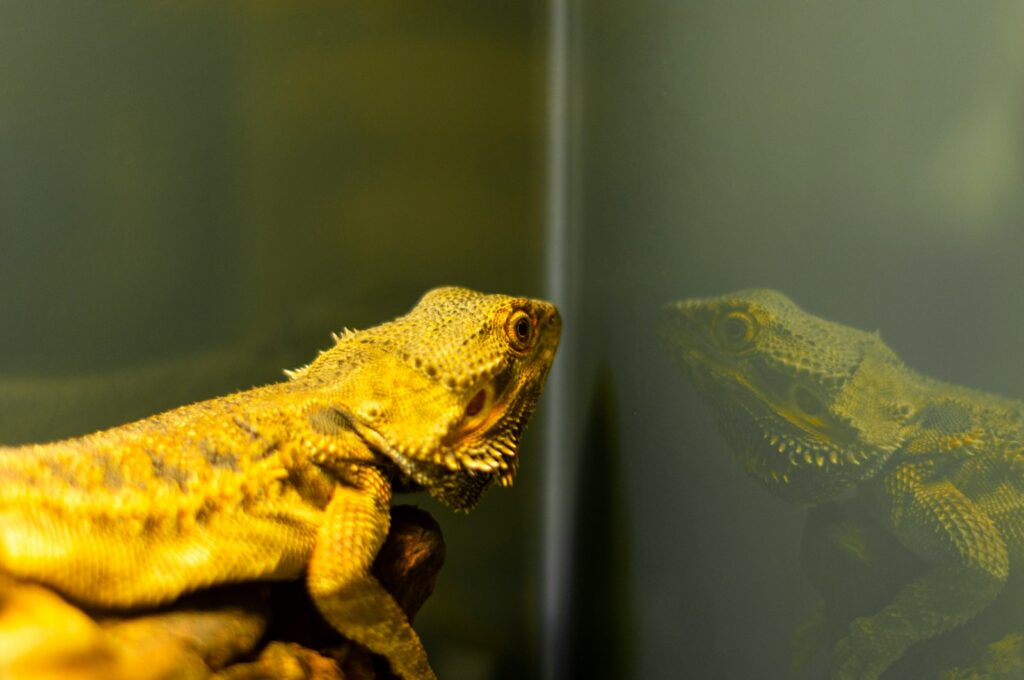
The thoughtful integration of bearded dragons and bearded plants represents a unique opportunity to create living environments that honor the natural origins of both while elevating the aesthetic experience for human caretakers. By prioritizing reptile safety while embracing the distinctive textures and forms of bearded plant specimens, enthusiasts can develop landscapes that serve multiple purposes—providing enrichment for animal companions, visual delight for humans, and appropriate growing conditions for specialized botanical collections. Whether you’re designing an elaborate outdoor dragon paradise or simply adding complementary potted specimens near an indoor terrarium, the principles remain consistent: respect the needs of all living elements, create harmonious arrangements that facilitate proper care routines, and celebrate the fascinating parallel adaptations that have created “beards” across different biological kingdoms. With proper planning and maintenance, these distinctive landscapes offer sustainable beauty and function for years to come.

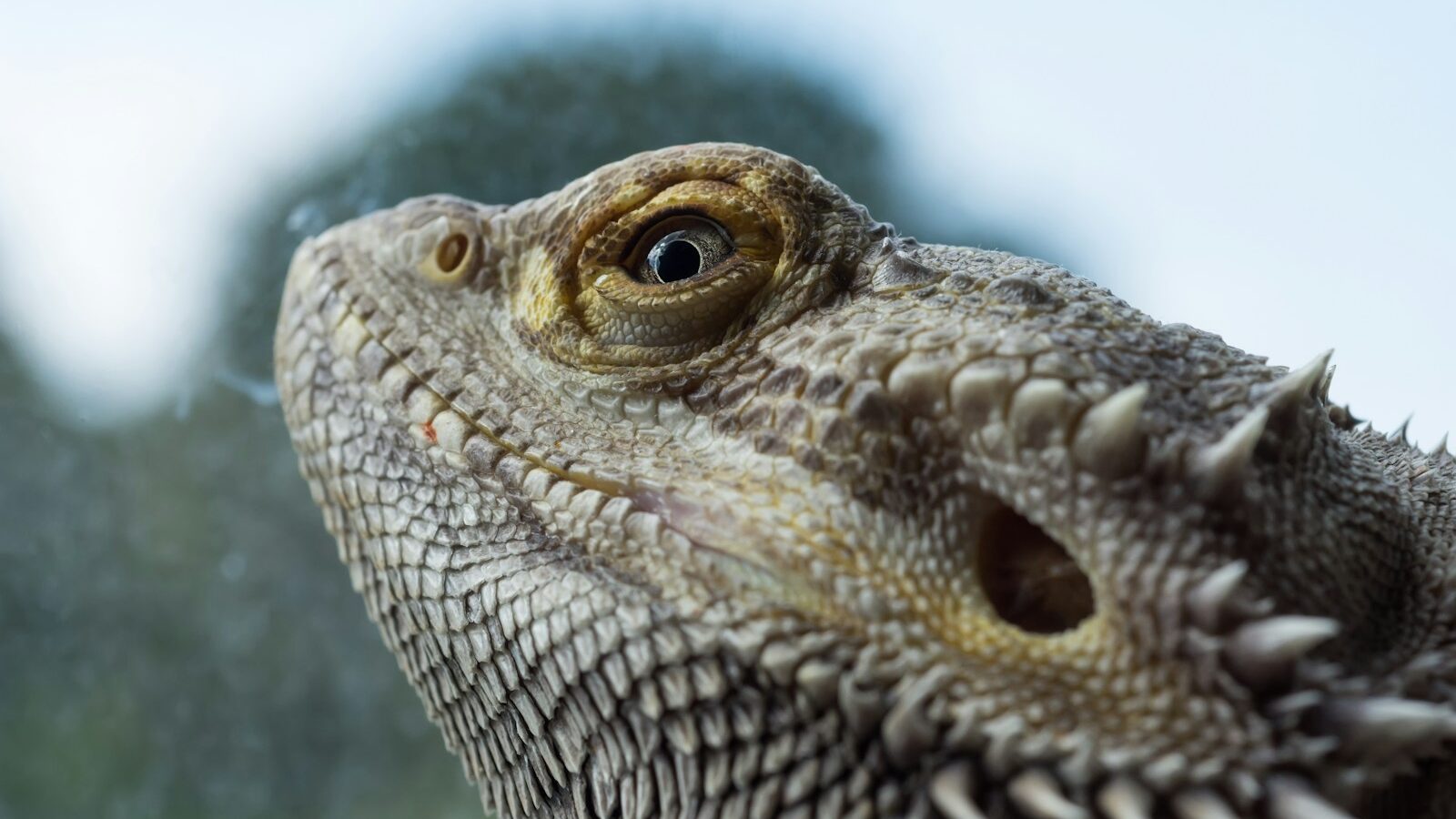





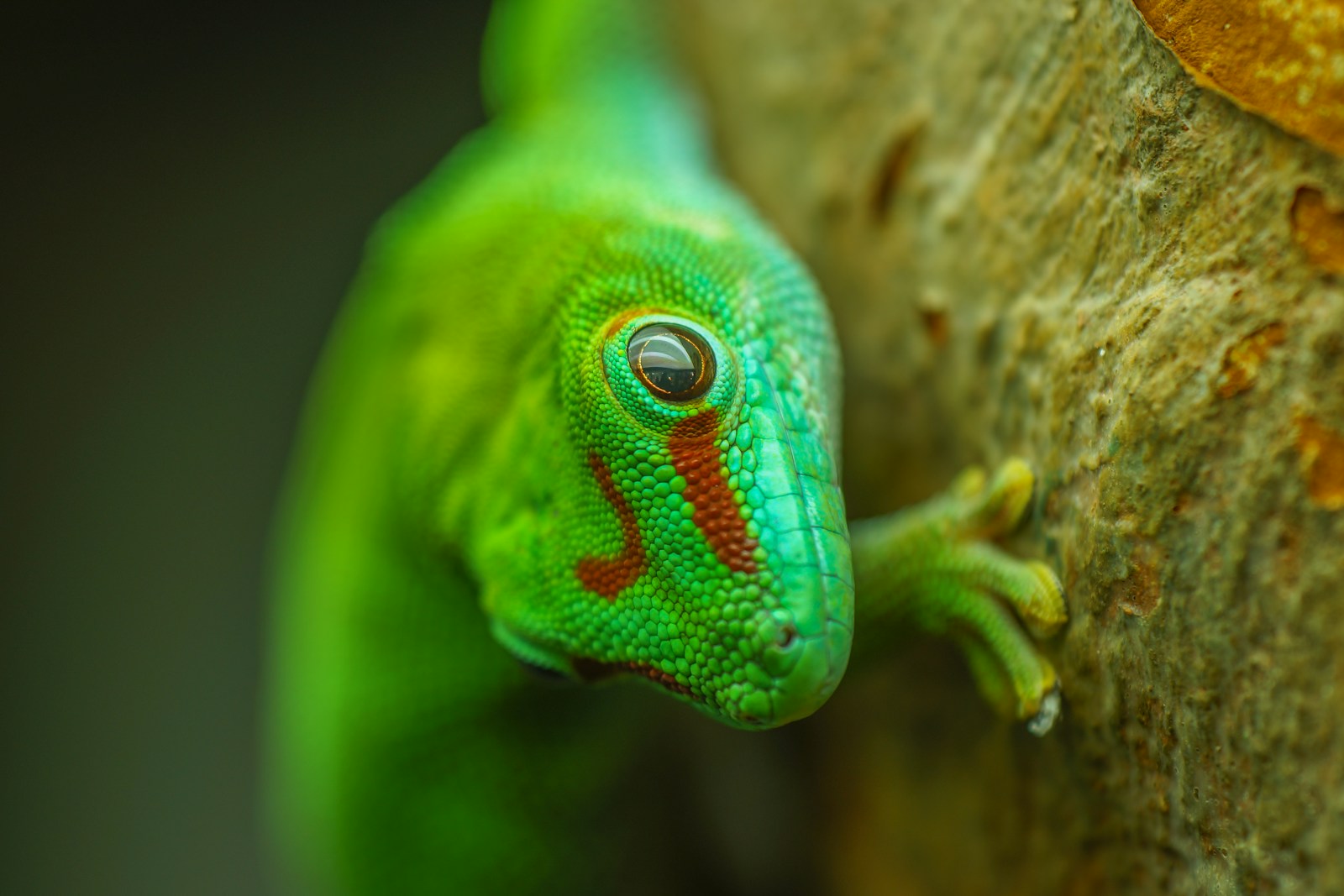
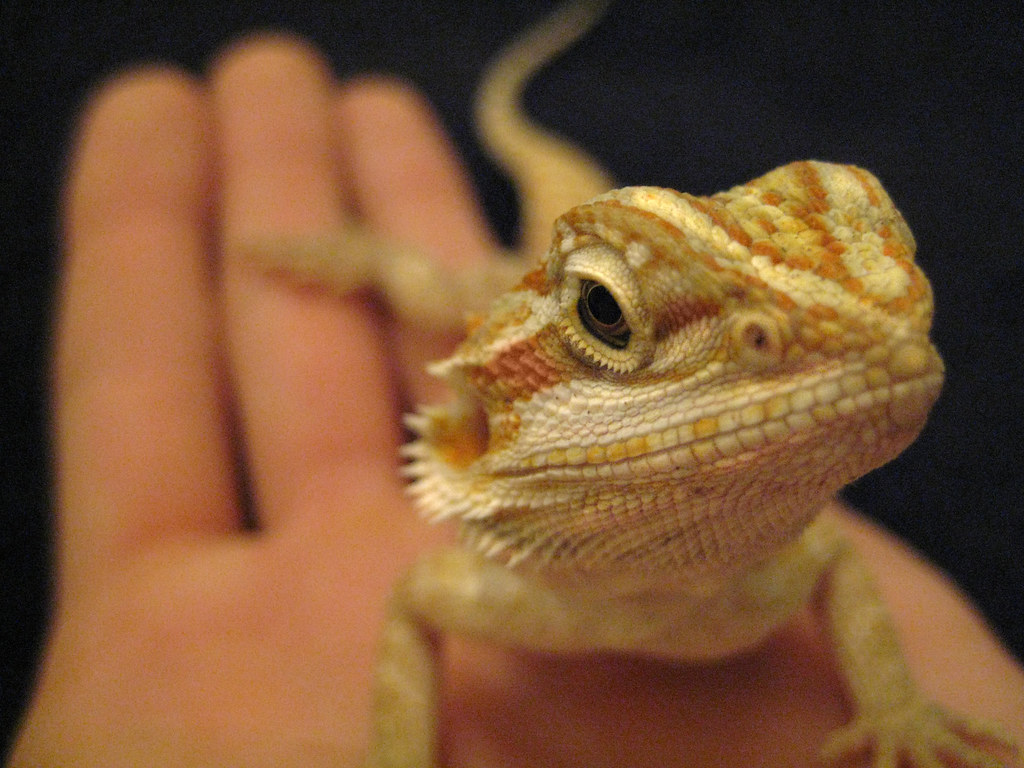


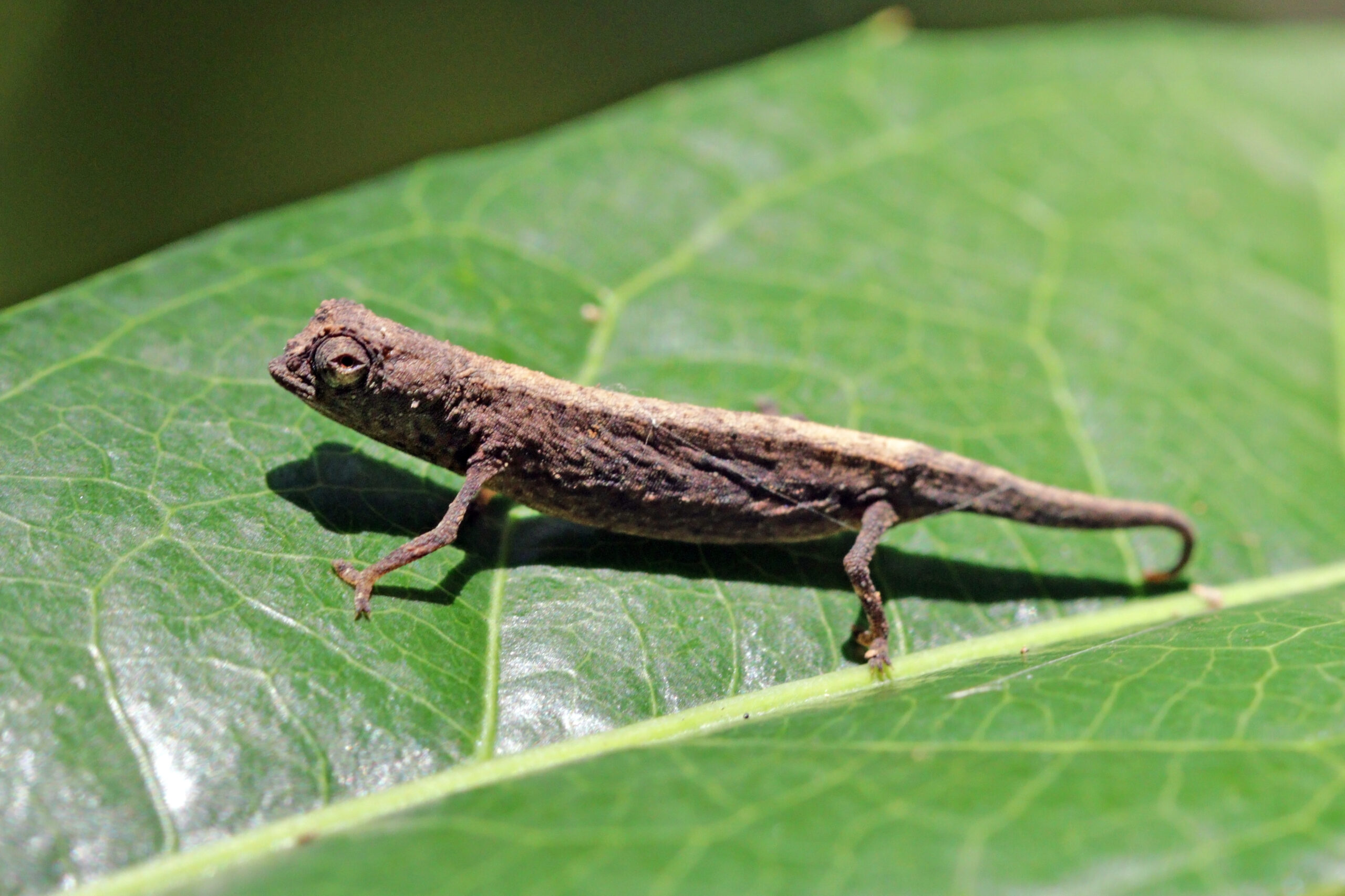




Leave a Reply